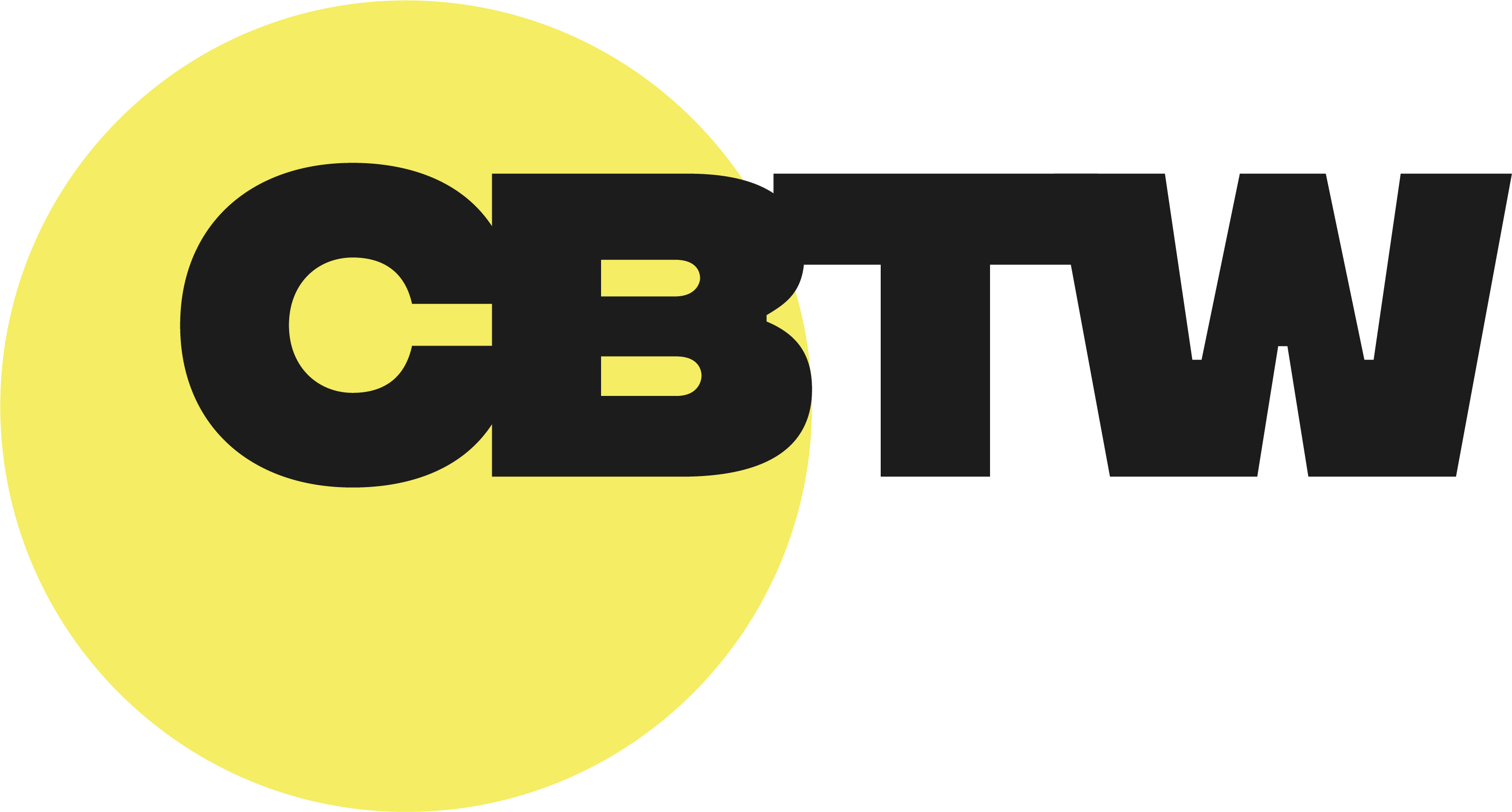
Intel decided to adopt Scrum to improve its silicon product and to reduce functional problems in a specific group. This team was responsible for providing the test collateral to support cost-effective device screening and classification. Essentially, this is the group working between the designers and the factory manufacturers that couldn’t keep up with the tremendous pressure of translating design to mass production.
Long story short, Intel determined that Agile project management was the key to alleviating the pressure and streamlining the workflow. Their large-scale transformational change covered 50 people and several Scrum teams that were scaled to the project.
Here are the best agile project management practices that they’ve retained to this day:
1. They built a strong definition of what is done.
Since they have actual units to test and use, they were able to write good stories and acceptance criteria that helped everyone pace their work and determine whether they were meeting the standards that both the design team and the factory manufacturers needed. A great technique they implemented was ‘Pair Review’, where you needed a team member and a stakeholder to agree whether acceptance criteria were met in a story.
2. No partial credit given for unfinished work.
Basically, work is just “Done” or not. This helped the teams in being 100% committed to their work and make sure all steps where planified, and done, including steps such as verification or validation.
3. Nine-day sprints.
The sprint starts on a monday, and finishes on a friday. This way, half your weekends are totally stressfree, whil the other half could be used for small adjustments (exceptionnaly). This improved morale and quality of life.
4. Tasks are designed to take less than a day.
Intel wasn’t afraid to go smaller and smaller with tasking as long as they contributed to an overarching User Story. It made it also very easy to find impediments: if a someone stays on a task for more than one day, it means the is a clear impediment.
5. Burndown on the Daily Scrum.
Having a visual representation of the remaining tasks during the Daily Scrum helped everyone know exactly where everything was. It made the meeting more productive and everyone performed better their daily task(s).
6. Executive sponsorship is the key to success.
I’ve been saying this over and over again : without full support from the executive level, it’s better not to implement Scrum or any Agile project management method at all. Half-baked attempts give half-baked results that lead nowhere and cost more money. Think of a transformational change to Scrum or Agile project management as a long-term investment that benefits all the levels of the business and ultimately delivers value and cuts costs.
In conclusion, Intel’s story tells us that shorter increments and constant inspection and adaptation are the heart of Scrum. From short iterations, the team slides into the Agile Mindset since they are forced to review and improve in such short cycles. Sticking to your roles but collaborating intensely is important to keep the transparency and the acceptance criteria.
Keep in mind that if you want to replicate the practices that Intel performs and get the same results, you should engage an expert in Agile Project Development and start training your employees in the new approach.
Discover our trainings in :
English:
- AgilePM Foundation – 2 days
- AgilePM Practitioner – 2 days
- PRINCE2 Agile ® Project Management Practitioner – 3 days
- Certified Scrum Master (CSM) – 2 days
- Certified Scrum Product Owner (CSPO) – 2 days
Français


